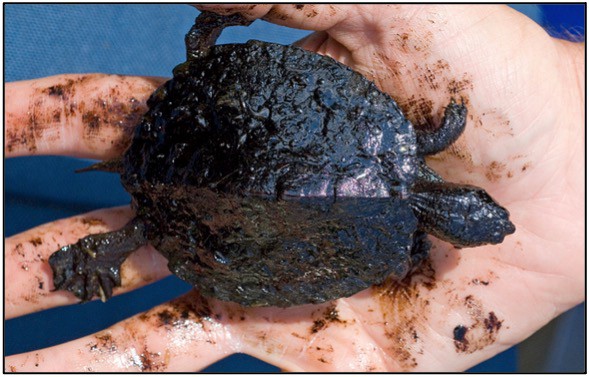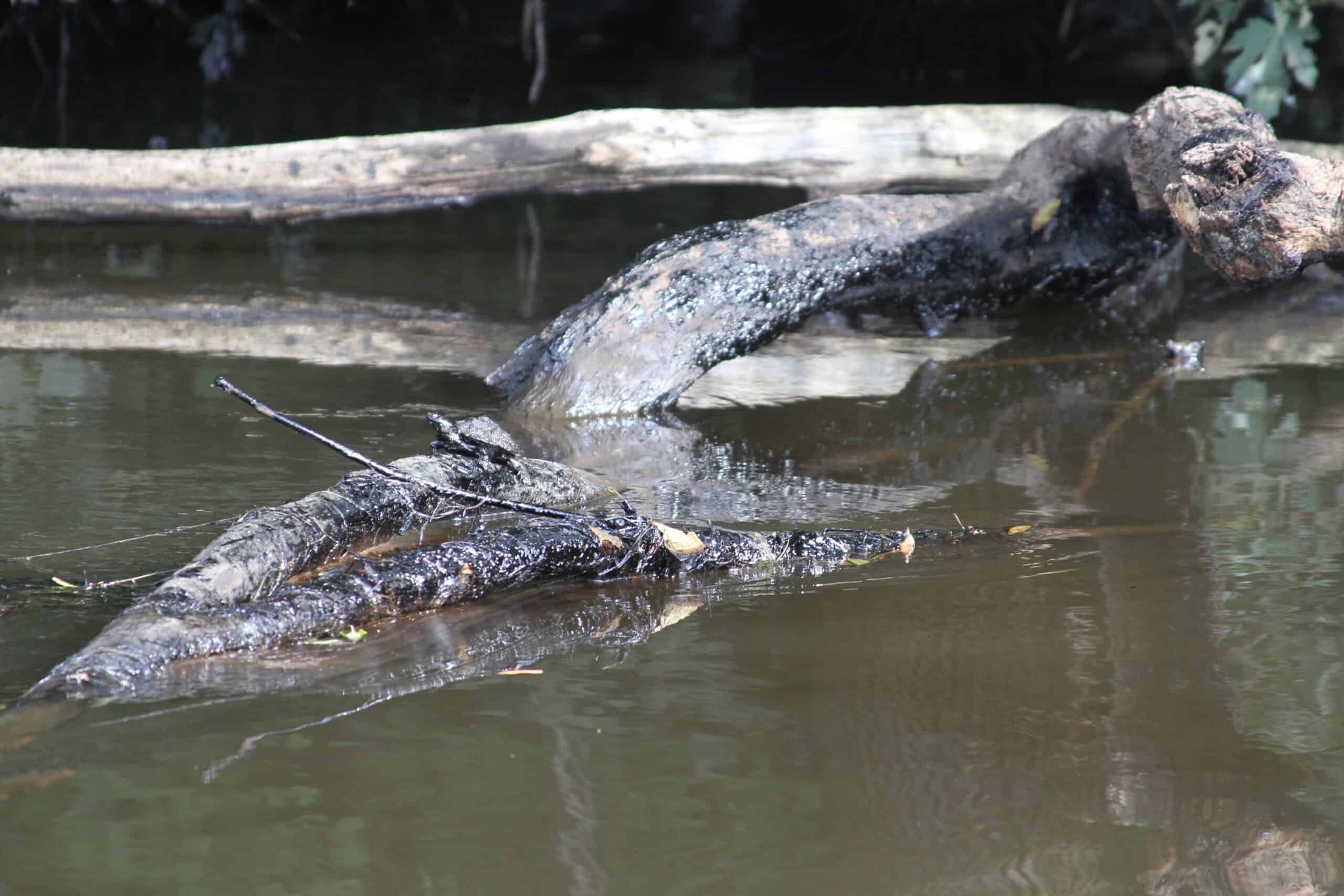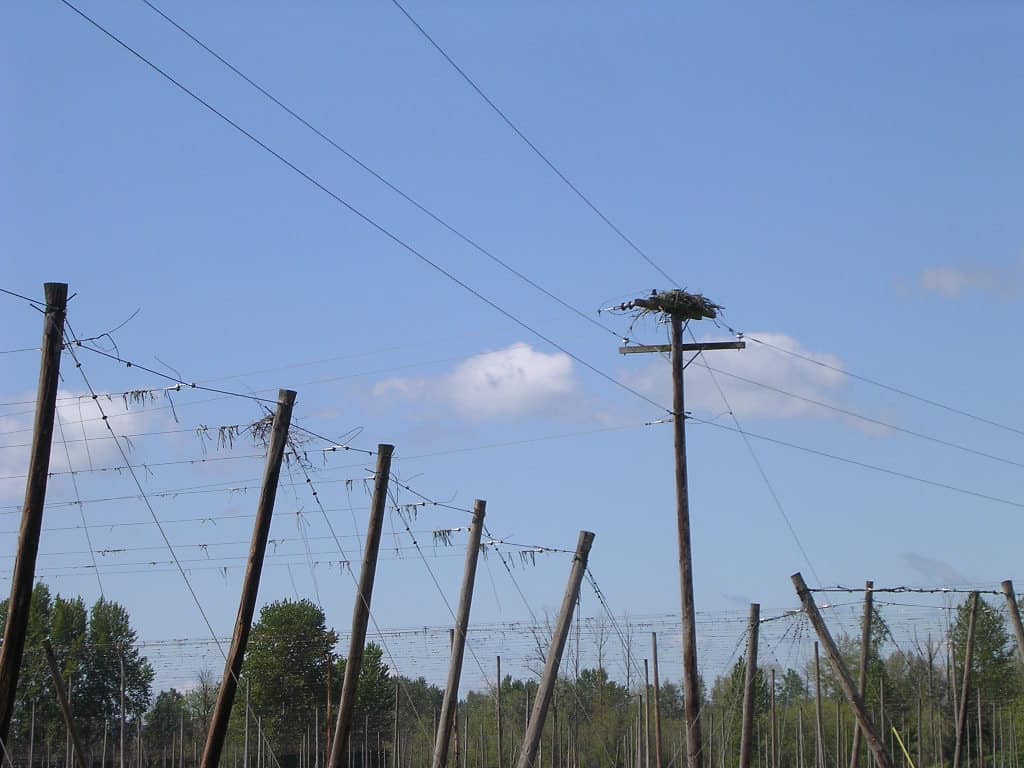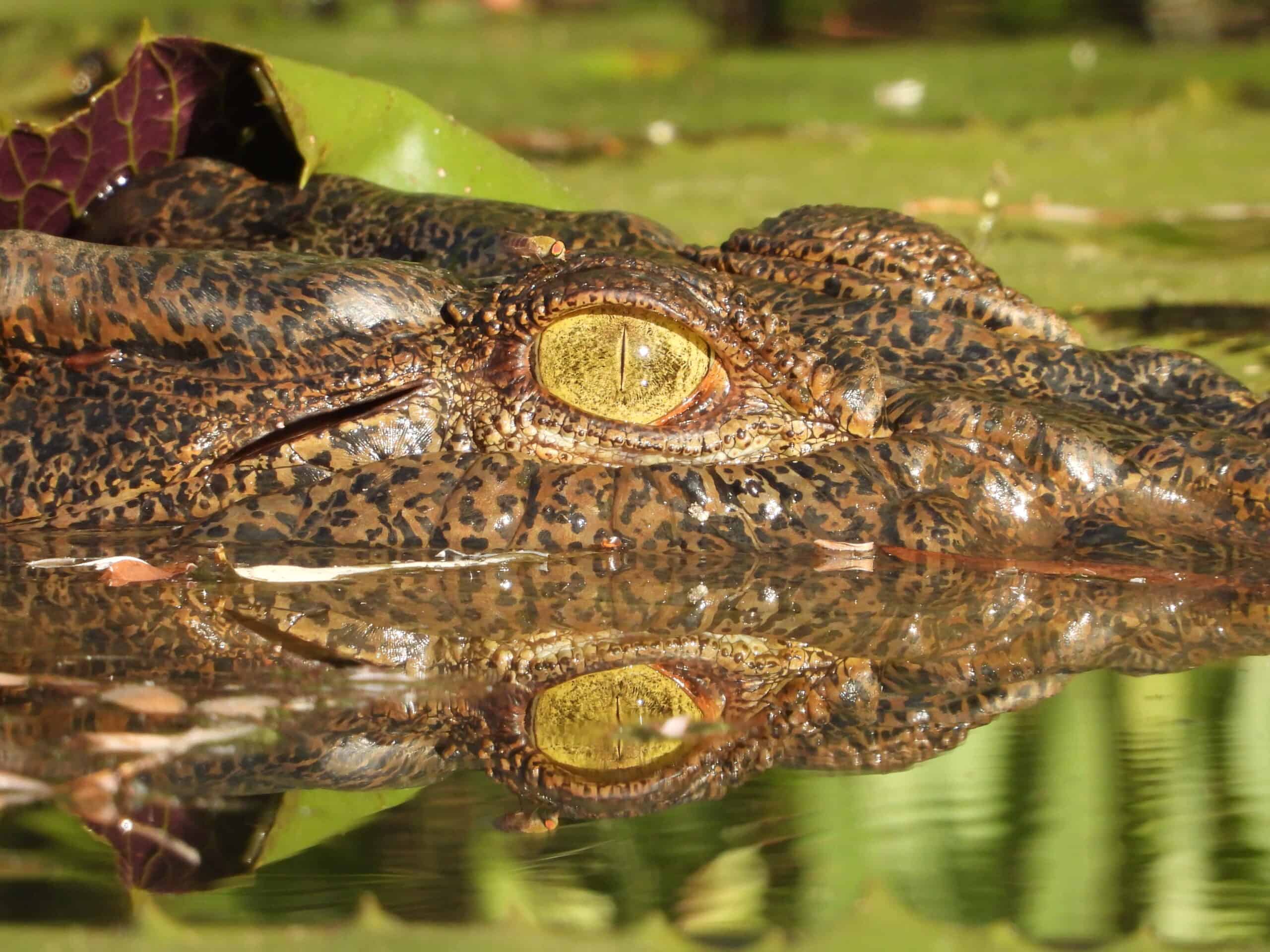Share this article
Wildlife Featured in this article
- Northern map turtle
10 years later, translocated turtles find their way home
After being moved from the site of an oil spill, many turtles have returned
Ten years after wildlife biologists moved hundreds of river turtles from a site contaminated by an oil spill, many of the turtles have found their way back.
Joshua Otten was working with an environmental consultancy firm back in July 2010 when an oil pipeline operated by Enbridge burst into one of the tributaries of the Kalamazoo River in Marshall, Michigan, west of Detroit.
The spill—which dumped over 3.2 million liters of crude—was one of the largest inland oil spills in the United States, and it caused a huge problem for birds, amphibians, fish and reptiles in the area. A few days after the disaster, Otten went in with a team to focus on rescuing and rehabilitating turtles that had been affected—work that helped boost the turtles’ survival.

In addition to rehab work, Otten and his colleagues translocated turtles away from the worst oil spill areas. Many of the most affected were northern map turtles (Graptemys geographica).
“Map turtles were the most numerous, and they were the most impacted because they are leaving the water daily to bask,” Otten said.

In 2010 and 2011, the team cleaned, rehabilitated, marked and moved 686 northern map turtles between 2.5 kilometers and 84.3 kilometers away. They wanted to move the turtles far enough to avoid the crude but keep them in the same watershed so they could someday make their way back. Many turtle species are known to have a high degree of site fidelity, meaning they try to return to an area they know as home when moved, and Otten and his colleagues hoped these individuals would do the same once the oil was cleaned up.
From 2018 to 2021 Otten, who was a PhD student at the University of Toledo at the time, and his colleagues went back to see if the turtles succeeded.
Changed ecosystem
Right from the beginning they could notice the difference in the environment, said Otten, lead author of a study published recently in Conservation Science and Practice. “I was extremely surprised and impressed at the cleanliness of the water,” Otten said. While they found some trash, they saw no visible trace of oil.
The team boated around in search of map turtles. This species is easily spooked, so most of the capture work was done underwater. When the turtles jumped off the logs or rocks where they basked in groups, they often hid right underneath or nearby, making it easy for Otten and his colleagues to snorkel up and capture them underwater.

Many of the turtles—which can live up to 60 years in the wild—had been given an identifying notch on their shells or were fitted with PIT tags when they were translocated. Looking for these markers, the team managed to recapture 230 of the 686 translocated turtles. Of those, 104 had found their way back to the areas—and sometimes the same spot—where they were originally captured. “[One] turtle was possibly caught on the exact same log as it was 10 years ago,” Otten said.
Females, which are larger, had a slightly higher probability of finding their way home. Those that had been translocated longer distances were less likely to make it, but a few traveled over 50 kilometers to get home. Some even had to swim upstream and cross 10-foot-high dams.
“Something tells them ‘I need to go against this flow, struggle against this current and get around this dam,’” Otten said.
Header Image: A northern map turtle basks on a log covered in oil from a spill. Credit: Ric Zarwell








